Hoses are simply flexible and tubular structures used to convey or transport water to gardens. They are mainly made of rubber, vinyl or both. Rubber-made hoses are the best.
The shelf life of any given hose will depend on a number of factors. These include the type of soil in your garden, the material used in manufacturing the hose among other factors.
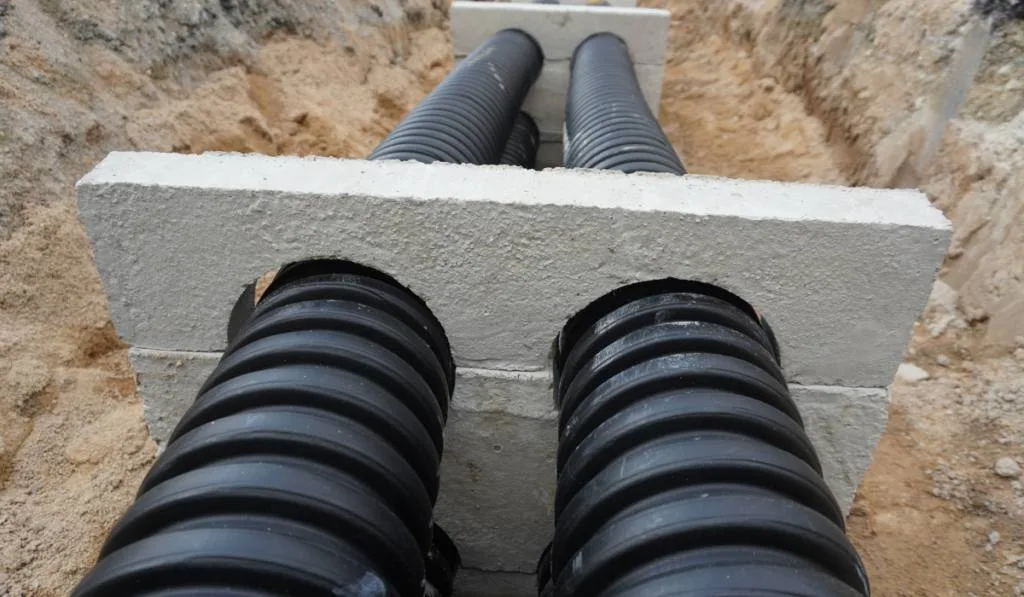
A hose buried underground will typically last anywhere from one year to many years. The quality of hose, soil type, and dept the hose is buried will all play a factor in the longevity of the hose.
Table of Contents
Factors That Impact Hose Life When Buried
How Deep the Hose Is Buried
Burying hoses underground helps prevent them from freezing. For anything other than a temporary or seasonal placement, you should aim to bury your hose at least 6 inches deep.
The deeper you bury the hose, the cooler it remains. Burying it deeper also protects it from animals that are fond of burrowing and digging which can chew and destroy the hoses, especially those that are made of rubber.
While it is certainly easier to bury a hose just under the surface to keep it out of the way, burying the hose close to the soil level may attract underground critters who can easily chew it up.
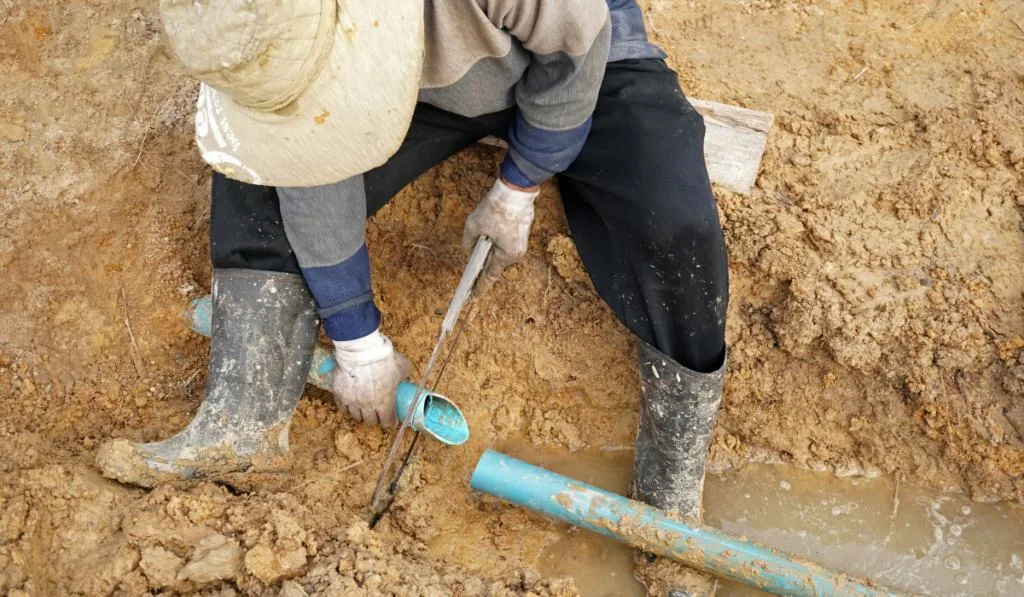
To further reduce the time your hose will last underground, the closer it is to the surface the more likely it will be exposed to harsh weather, especially hot weather which can cause the rubber to degrade faster.
For more tips, be sure to check out our post with 5 tips for burying a garden hose.
The Quality and Thickness of the Hose
Good quality hoses are long-lasting hoses. Thick-walled hoses are more expensive than those with thin walls.The tradeoff is that they last longer, whether above or below ground.
The main advantage of using thick-walled hoses is that they provide good heat insulation. Hoses with poor quality and thin walls are more susceptible to cracking. Additionally, because the wall is thin, when the trench is filled with soil the hose wall is more likely to collapse and this may stop water supply to your yard.
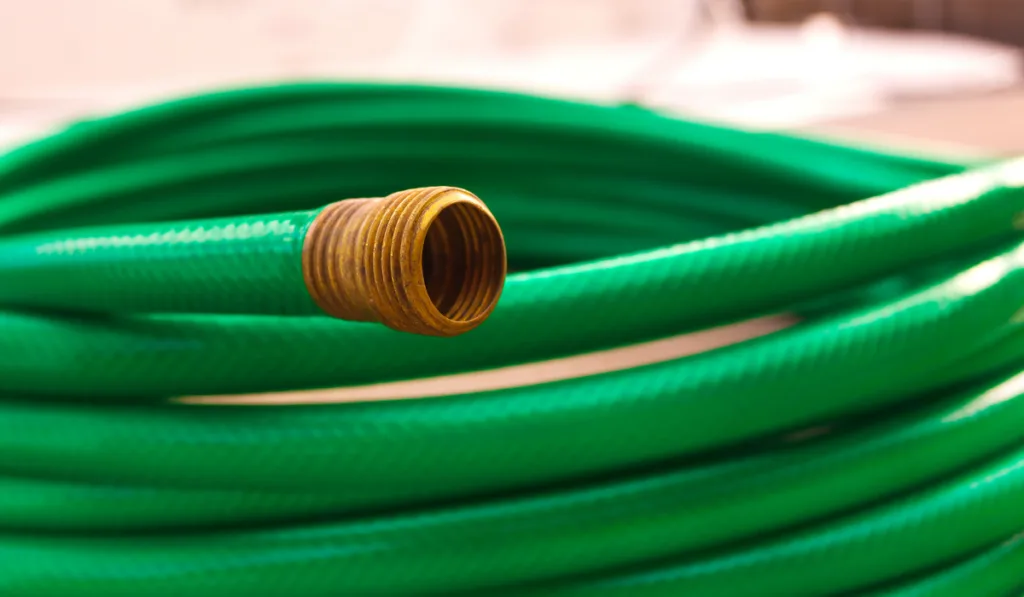
The thickness of the walls is determined by the number and type of layers used in making the hoses. The more layers in the wall, the more resistant it is to bending and cracking.
The number of layers used starts from two to six plies. A six-ply hose is strong as compared to that with two plies. The thicker the hose wall, the more weight it can handle being on top of it without reducing water flow.
When you are using a flexible hose underground instead of rigid pipe, wall strength is very important. Opt for the thickest hose your budget can afford for the project.
Whether the Hose Is Insulated
Rubber hoses are the most preferred because they are strong and can withstand changing weather conditions. In addition to that, they do not usually break when bent and can sustain the pressure imposed on them when backfilling the trenches with soil (depending on wall thickness as discussed above).
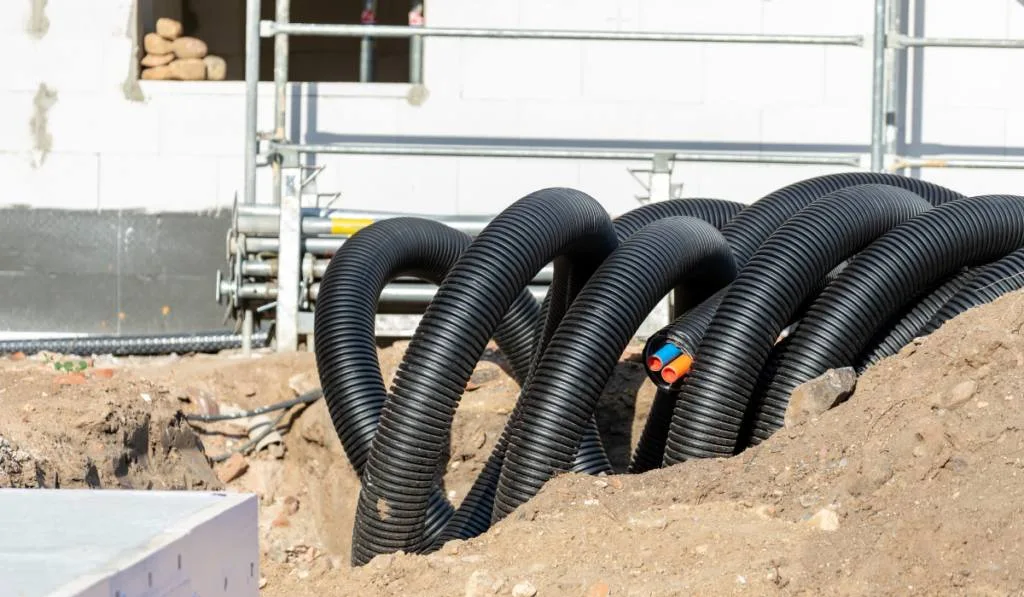
Using hoses with six-ply layers provides better insulation than those with two layers only.
Using rubber hoses with large diameters is an added advantage because there will be an increased water flow.
When exposed to hot weather conditions, rubber hoses will tend to contract whereas when exposed to freezing conditions, they will expand.
It is important to note that repeated hot/cold cycles will cause the rubber to degrade more quickly. If you are in an area that is very hot during the day and cool at night, burying the hose deeper should help improve its longevity by reducing extremes in temperature swings.
Type of Soil
Soil conditions also play an important role in burying hoses. Rocky soils are the most tedious to dig out and also the most likely to cause damage to your hose over time.
Rocky soils are harder to dig and more likely to cause damage to a hose so, if you are going to invest the labor into digging a trench and find that your soil has lots of rock, you may want to opt for pipe instead.
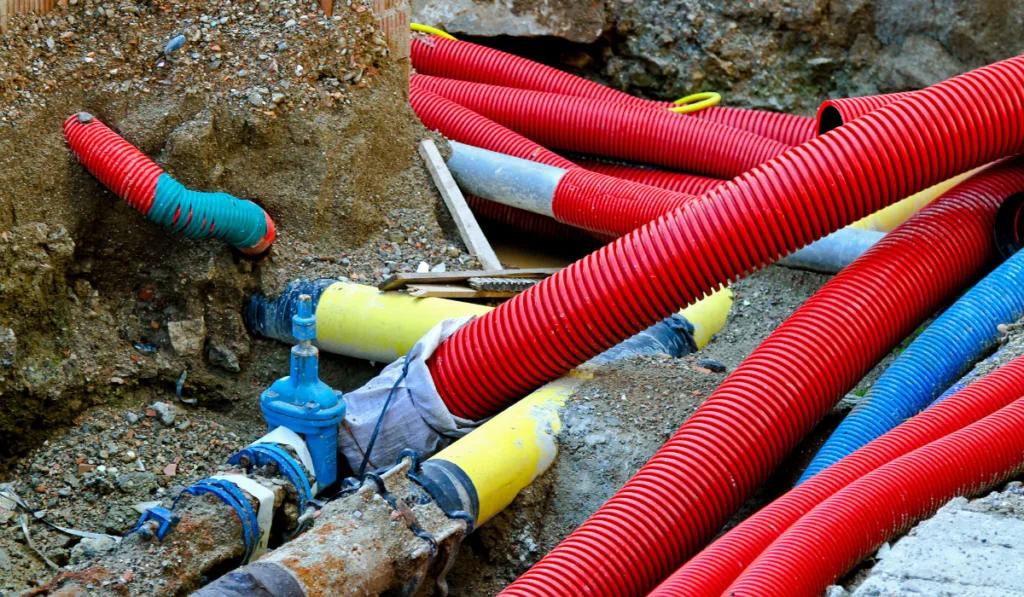
Sandy soils are easy to dig because there is no compaction. They are also better for burying hoses because there is little present to cause physical damage to the hose while it is underground. Sandy soils make the best candidate for burying hoses.
Underground Critters That Might Chew Through It
There are underground animals that could be very problematic depending on where you reside. Rodents like mice, rats, and moles are water lovers and could easily burrow into the soil to access your hoses. If they get access to your hose they may chew through the wall to access the water.

A solution to keep off underground critters could be digging deeper trenches or use of stainless steel hoses that are animal proof. At that point though, once again you may want to consider using pipe instead.
However, if you reside in an area that is dry or, you don’t believe burrowing animals to be an issue, then there is no need to worry.
Signs That Your Underground Hose Needs to Be Replaced
Water Is Not Coming Out Anymore
One sure-fire sign that your hose needs to be replaced is if water has just stopped coming out of the other end. Typically this is caused by damage or clogging in the hose line.

If not attended to immediately, blocked hoses can be a big problem. Water supply to the gardens will be limited and you may experience plant wilting.
Additionally, if the hose is always on, an unnoticed leak could cause a large increase in your water bill before it is noticed.
Saturated Ground
When a hose becomes damaged underground, depending on how close it is to the surface one of the first signs you may notice is a saturated wet area above where the damage has occurred.
When you experience pooling of water along and above the hose path, this indicates a high probability of a leakage.
The grass around the hose path becomes extra green and that is an indicator that there is a water line issue. This calls for urgent attention and repair, mostly to save your water bill.
Water Pressure is Decreasing
Reduced water pressure is another indicator that the hose has suffered some kind of damage. This could be a minor leak in the hose wall or a partial hose wall collapse due to weight.
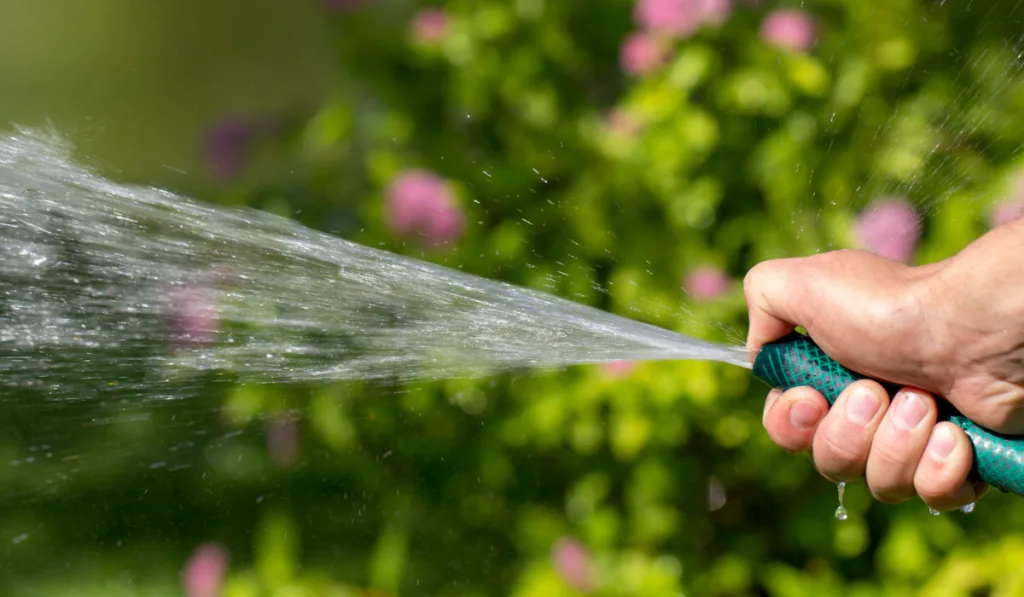
There are two options here. If this is not an “always on” hose, you could continue to use it until the pressure degrades to a point where it is no longer useful.
For an “always on” hose though, quickly troubleshooting the cause will, again, help prevent abnormally high water bills.
Final Thoughts
Burying hoses underground can be useful in some situations but, before you go through the trouble it is helpful to understand the factors involved in estimating how long the hose will last underground.
The choice of the material will depend on you. Rubber hoses are the most commonly used but be sure to get as thick a hose wall as possible in order to have a higher chance that your buried hose will still be working well years down the line.

Mark Smith
Saturday 10th of July 2021
"A hose buried underground will typically last anywhere from one year to many years" Wow -- that's precise and helpful!